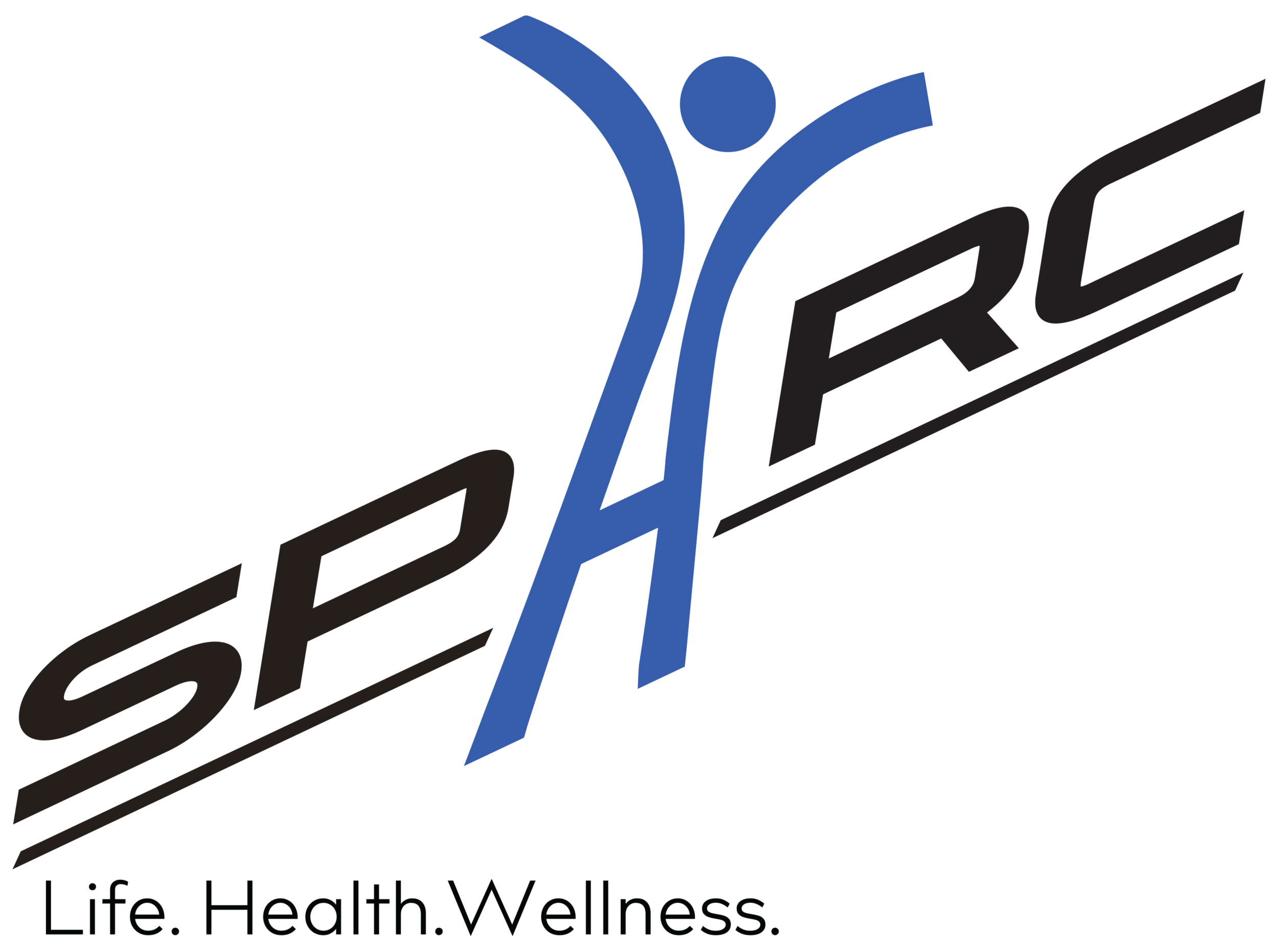Think Outside the Pain Box
A common approach in Western technique to managing chronic pain is to treat the location of pain or injury. For example, if someone herniates a lumbar disc, most doctors will either treat that site of injury with medicine, injections, surgery or other site specific therapies. Unfortunately, this often does little to alleviate the long term pain and discomfort of the individual. But if the location of pain is being treated, why don’t those treatments work very well?
The human body is a magnificent machine. Our body parts can’t just be looked at as isolated chunks. Instead, our whole body is constantly communicating with itself and being affected by many internal variables. Thus, dysfunction in one part of the body can influence another part. Pain or injury only tells you that you may have dysfunction in your body; it doesn’t necessarily tell you exactly where the problem is coming from. What does this mean for you?
Imagine you were paddling downriver in a small wooden boat. All of a sudden your boat sprang a leak and it rapidly started filling up with water. What would you do? Well, of course you would try to get the water out of your boat as soon as possible. However, it would be logical to fix the leak, otherwise no matter how much water you emptied from your boat it would just keep filling back up. The same is true with our bodies; you can keep trying to make the site of pain feel better by injecting it, taking medication or even getting surgery. However, if you never address the root cause of the problem then no therapy will be successful in the long run.
A herniated disc can cause pain. But how did the disc become herniated? Why isn’t the injury healing? Muscles and connective tissue control the position of our spine. So couldn’t muscle or soft tissue dysfunction be controlling what kind of pressure is exerted on our discs? The answer is yes. You could inject your back every 6 months to mask the pain but what about that specific therapy is actually addressing the root problem?
We’re not saying that treating the site of pain is bad. Treating the site of pain can provide relief and be an important part of someone’s recovery. An effective treatment protocol, though, will always include therapies that treat the root cause of the pain.
Are you someone currently struggling to cope with chronic pain? Have you tried almost every treatment in the book with no relief? Do you regularly flare-up and feel fatigued and weak? Stop pursuing treatments that only examine the location of your injury. At SPARC, we use an interdisciplinary approach to examine and treat all of the variables related to your chronic pain.
